
You’ve tried. You really have. You bought the planner, downloaded the app, and made a promise to yourself on a hopeful Sunday evening. This was the week you would finally start meditating, exercising consistently, or waking up early to write. But then Monday arrived, a torrent of emails and notifications. Tuesday brought an unexpected deadline. By Friday, the new habit was a distant memory, another tally mark in the column of “good intentions.”
If this sounds familiar, you are not alone, and it is not a personal failing. Especially for those of us navigating the constant hum of urban life, willpower is a finite, and frankly, overrated resource. It’s like trying to power a city on a single battery. It works for a little while, but the demands of traffic, noise, and a thousand daily decisions drain it before lunch.
The belief that we can force ourselves into better behavior through sheer grit is one of the most persistent myths of self-improvement. It leads to a cycle of ambition, exhaustion, and guilt. But what if there were a more gentle, more strategic way? What if, instead of trying to change everything at once, you could find one small, simple action that created a positive ripple effect across your entire life?
This is the power of a keystone habit. It’s the small stone at the top of an arch that locks all the others into place. It’s the tiny rudder that turns a massive ship. By focusing your limited energy on one strategic habit, you create momentum that makes other positive changes feel not just possible, but almost effortless.
In this guide, we’re not going to ask you to overhaul your life overnight. We’re going to explore the gentle psychology behind why some habits stick while others don’t. We’ll explain what keystone habits are, how they work, and most importantly, how you can find and cultivate your own. Forget the burnout. It’s time for a smarter, more sustainable path to the person you want to become, built one tiny, consistent step at a time.
📚 Table of Contents
- Understanding the Engine of Habit: The Habit Loop and Your Identity
- How to Find and Design Your Keystone Habit
- Step 1: The Search—Ask the Right Questions
- Step 2: The Design—Make It Impossibly Small
- Step 3: The Environment—Reduce the Friction
- Building Resilience: Safeguards for When Life Happens
- Keystone Habits in Action: Two Practical Examples
- Frequently Asked Questions About Building Keystone Habits
- How long does it really take to form a habit?
- What should I do on sick days or when I’m traveling?
- I’ve been consistent, but I’ve hit a plateau. What now?
- Can I try to build multiple keystone habits at once?
- What if my keystone habit starts to feel boring or like a chore?
- Your First 30 Days: A Simple Plan to Get Started

Understanding the Engine of Habit: The Habit Loop and Your Identity
Before we can find our keystone habit, we need to understand the basic mechanics of how any habit works. For decades, researchers have been deconstructing our automatic behaviors, and the consensus often points to a simple, powerful model. The fundamental psychology of our habits can be explored through resources from organizations like the American Psychological Association (APA), which delve into the science of behavior change.
At the core of every habit, good or bad, is a neurological feedback system known as the habit loop. It’s a three-part process that your brain runs on autopilot. Understanding it is the first step to consciously redesigning it.

The Three Parts of the Habit Loop
Let’s break it down in plain English, using a common, modern example: checking your phone.
1. The Cue: This is the trigger, the spark that tells your brain to initiate the behavior. It can be a time of day (the 3 PM slump), a place (sitting on the bus), an emotional state (feeling bored or anxious), or the action of another person (seeing someone else on their phone). For our example, the cue might be the buzz or ping of a notification.
2. The Action (or Routine): This is the behavior itself—the habit you perform. It can be physical, mental, or emotional. Following the cue of the notification, the action is picking up your phone, unlocking it, and opening the app.
3. The Reward: This is the payoff, the reason your brain decides this loop is worth remembering and repeating. The reward satisfies a craving. In our phone example, the reward might be a quick hit of social validation (a “like”), a bit of new information (a news headline), or a simple distraction from a difficult task. This positive feedback tells your brain, “Hey, remember this. Next time you hear that ping, do this again.”
This loop—cue, action, reward—is the engine of your behavior. To change a habit, you don’t fight the engine; you learn to drive it. You can keep the cue and the reward, but consciously swap out the action. Or, you can strategically place new cues in your environment to trigger a loop you actually want.
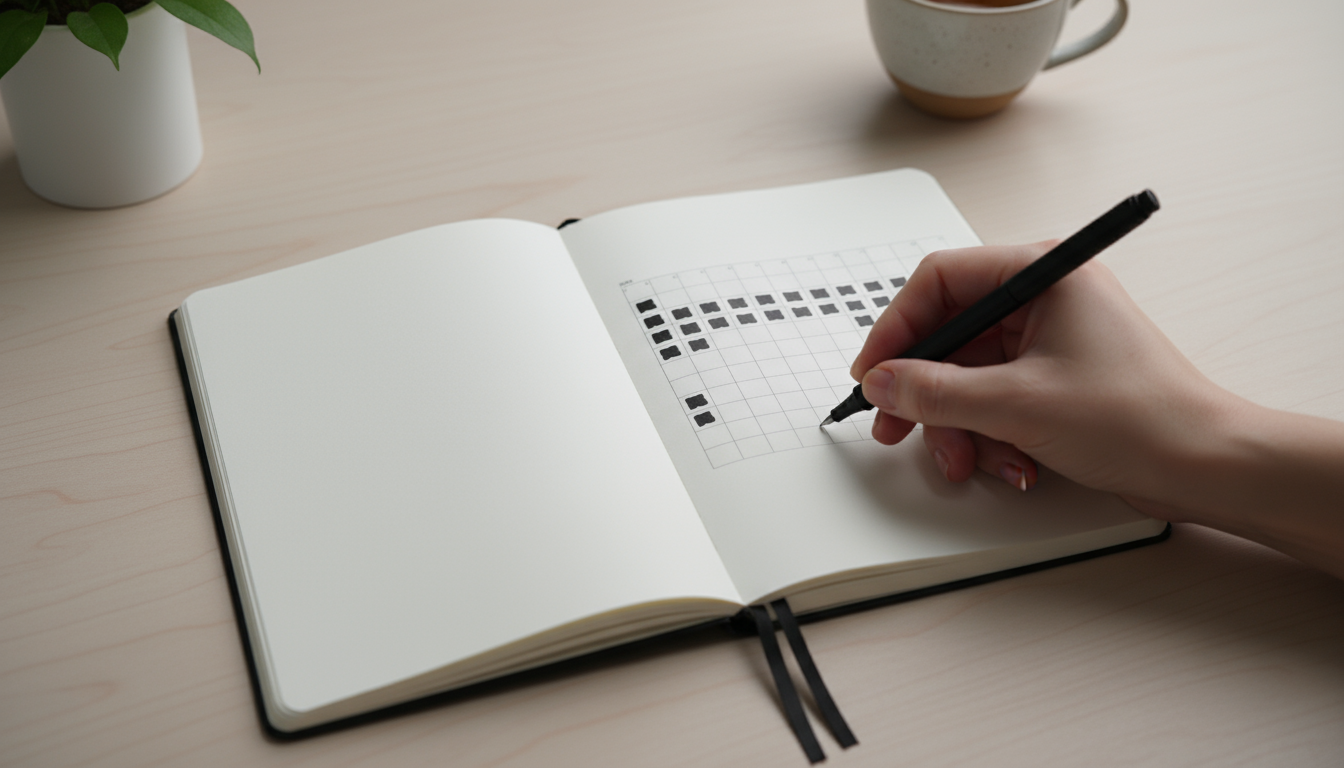
Beyond Actions: The Power of Identity-Based Habits
Understanding the habit loop is crucial, but there’s a deeper layer that determines whether a habit becomes a durable part of your life or a temporary experiment. This is the concept of identity-based habits.
Many of us start with outcome-based goals: “I want to lose 20 pounds” or “I want to write a novel.” These are fine for direction, but they aren’t very motivating on a rainy Tuesday morning. Identity-based habits, on the other hand, focus on who you want to become.
The goal isn’t just to run a marathon; it’s to become a runner. The goal isn’t to write a book; it’s to become a writer. The goal isn’t to meditate for 10 minutes; it’s to become a calm and mindful person.
This shift is more than just semantics. Every time you perform a habit, you are casting a vote for the type of person you want to be. When you lace up your shoes and go for a five-minute walk, you’re not just walking; you’re casting a vote for “I am a person who is active and cares for my health.” When you write one sentence in your journal, you’re casting a vote for “I am a writer.”
This is where the idea of a keystone habit becomes so powerful. A keystone habit is an action that not only creates its own positive loop but also naturally reinforces a new, desired identity. It’s a small win that proves to yourself, on a daily basis, that you are the kind of person you’re striving to be. Making your bed in the morning doesn’t just give you a tidy bed. It casts an early vote for “I am an organized person who starts the day with intention.” That single vote can influence hundreds of other small decisions you make for the rest of the day.

How to Find and Design Your Keystone Habit
Now that we understand the mechanics, the question becomes practical: How do you find the right keystone habit for you? The answer isn’t a one-size-fits-all prescription. Your keystone habit should connect directly to the identity you want to build and the area of your life that holds the most potential for positive change.

Step 1: The Search—Ask the Right Questions
Take a few moments for quiet reflection. Forget what you think you “should” do. Instead, ask yourself these questions with genuine curiosity:
Which single change could lead to the biggest cascade of other positive changes? Think about the ripple effects. For some, regular exercise leads to better sleep, healthier food choices, and improved focus. For others, a five-minute daily planning session leads to less stress, more productivity, and more free time in the evening.
What is one area of my life that, when it’s going well, makes everything else feel easier? Is it your physical health? Your finances? Your mental clarity? Your relationships?
What is a source of small but consistent frustration or guilt? Is it the cluttered kitchen counter? The unread books on your nightstand? The feeling of being reactive to emails all morning? The keystone habit is often the direct, positive opposite of that nagging feeling.
Your answer might be exercise, meditation, reading, journaling, tidying one surface, or planning your day. It might be having a healthy breakfast or drinking a glass of water first thing in the morning. The key is that it feels both impactful and achievable.

Step 2: The Design—Make It Impossibly Small
Once you have a candidate for your keystone habit, the next step is to shrink it. Your initial motivation will be high, and you’ll be tempted to commit to “run for 30 minutes every day.” Resist this urge. Big goals are brittle; they snap under the first sign of pressure. We need to build a habit that can survive your busiest, most tired days.
This is where we define the minimum viable action. It’s a version of your habit that is so easy, so ridiculously small, that you almost can’t say no. It takes less than two minutes to complete.
- “Read every day” becomes “Read one page.”
- “Meditate for 20 minutes” becomes “Sit and breathe deeply for 60 seconds.”
- “Clean the whole kitchen” becomes “Clear and wipe one countertop.”
- “Go for a run” becomes “Put on my running shoes and step outside.”
The goal of the minimum viable action isn’t to achieve a big result on day one. The goal is to cast the vote for your new identity. It’s to show up. Consistency is far more important than intensity in the early days. You can always do more, but the minimum is all that’s required to count it as a win.
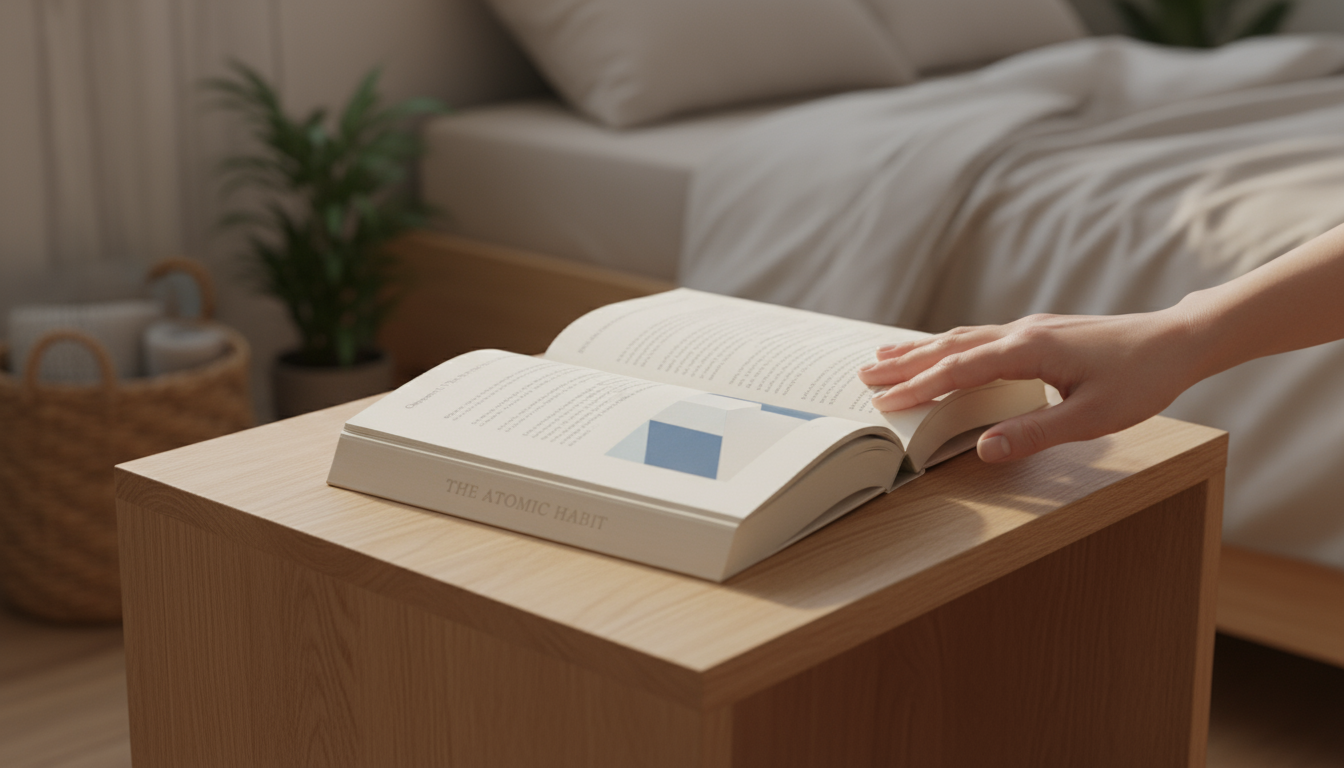
Step 3: The Environment—Reduce the Friction
Your environment is one of the most powerful, and often invisible, drivers of your behavior. We can consciously design it to make our desired habits easier and our unwanted habits harder. This process is called a friction audit.
Friction is anything that stands between you and the action. It’s the number of steps, decisions, or seconds it takes to start. Your job is to remove it for your keystone habit.
To reduce friction for a good habit:
- If your habit is to journal, leave your journal and a pen open on your desk or nightstand.
- If your habit is to exercise in the morning, lay out your workout clothes the night before.
- If your habit is to drink more water, fill up a water bottle and place it right next to your keys before you go to bed.
To increase friction for a bad habit:
- If you want to watch less TV, unplug it after you use it or take the batteries out of the remote and put them in another room.
- If you want to stop scrolling on your phone in bed, buy an old-fashioned alarm clock and charge your phone in the kitchen overnight.
- If you want to eat fewer sweets, move them from the counter to a high, opaque shelf in the back of the pantry.
Finally, you can anchor your new behavior using a technique called habit stacking. This means linking your new, tiny habit to a behavior you already do automatically. The formula is simple: “After I [current habit], I will [new minimum viable action].”
For example: “After I pour my morning cup of coffee, I will open my journal and write one sentence.” The coffee is the cue. The journaling is the action. The reward is the feeling of clarity and the checkmark on your habit tracker. This embeds your new habit into your existing routine, making it feel natural and automatic over time.
![]()
Building Resilience: Safeguards for When Life Happens
Even the best-designed habits will face challenges. Life is unpredictable. You’ll get sick, you’ll travel, you’ll have a day where you are completely exhausted. The difference between a habit that lasts and one that fades isn’t perfect execution; it’s a resilient mindset. It’s about having a plan for imperfection.
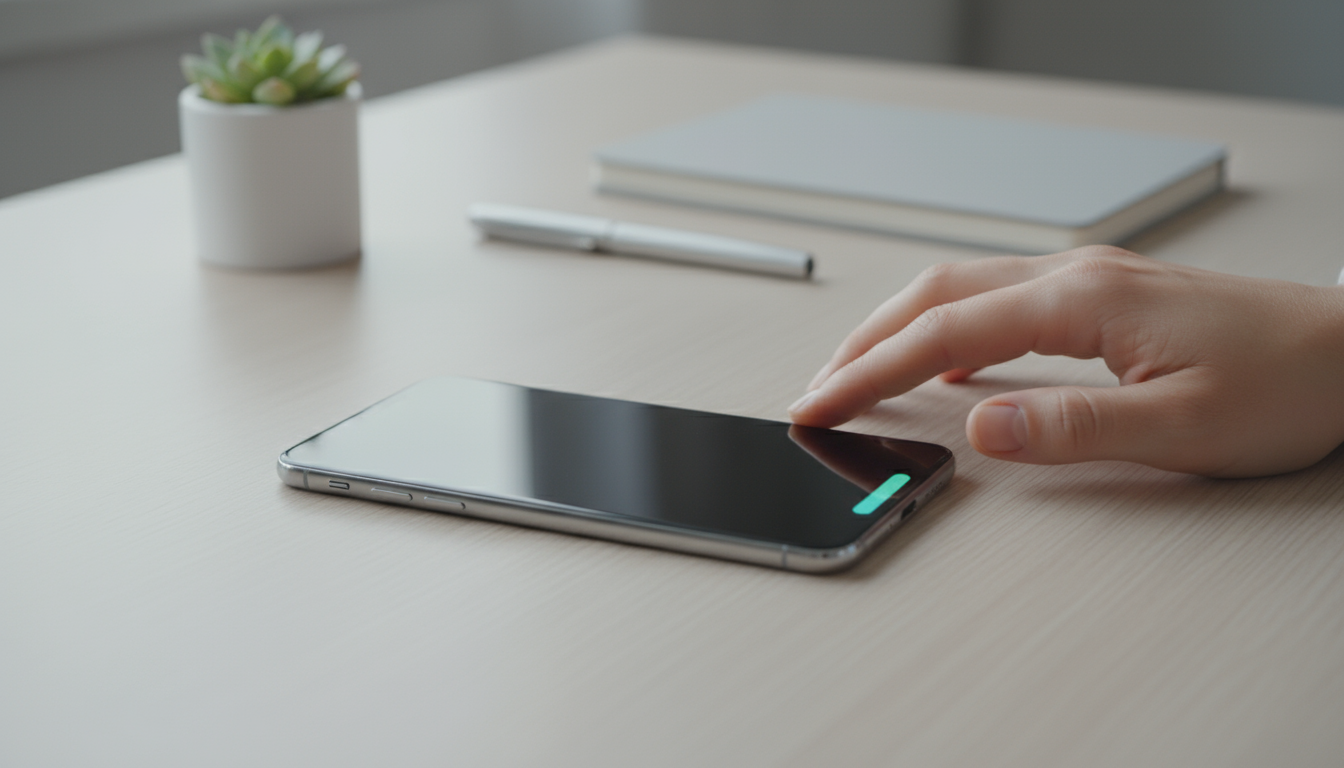
The Fragile Psychology of Streaks
Habit tracking apps love to celebrate streaks. “You’ve meditated for 50 days in a row!” It feels great. Streaks can be incredibly motivating… until they break. For many, a broken streak feels like a total failure. The “all-or-nothing” mindset kicks in: “Well, I’ve already missed a day, so I might as well miss the rest of the week. I’ll start again next Monday.”
This is a psychological trap. A streak is a tool for motivation, not a measure of your worth or progress. The real progress comes from the identity you are building, vote by vote. One missed vote doesn’t invalidate the fifty you cast before it.
To counteract this, adopt a simple but powerful rule: Never miss twice.
Life will inevitably cause you to miss a day. It happens. The key is to not let one missed day turn into two. A single missed day is an anomaly, a fluke. Two missed days is the beginning of a new (undesirable) habit. This rule removes the guilt and shame from a single slip-up and gives you a clear, immediate instruction: just get back on track tomorrow. The focus shifts from “don’t break the chain” to “how quickly can I restart the chain?”

Plan for Relapse: Turn Failure into Data
Instead of hoping you’ll never fail, expect that you will. A relapse plan isn’t pessimistic; it’s realistic and strategic. When you find yourself off track, treat it not as a moral failing but as a data point. Get curious, not critical.
Ask yourself a few diagnostic questions:
- What was the cue? What time, place, or feeling triggered the old behavior or prevented the new one? (Example: “I was feeling really stressed after a long meeting.”)
- What was the friction? What made the good habit hard or the bad habit easy in that moment? (Example: “My running shoes were in the back of the closet, but my phone was right on my desk.”)
- What was the reward I was seeking? What craving was the old behavior satisfying? (Example: “I wanted to escape the feeling of stress and find a quick distraction.”)
Once you have this data, you can adjust your plan. Maybe you need a non-phone-related activity to de-stress after meetings. Maybe you need to make your running shoes even more visible. This process transforms a “failure” into a valuable lesson that makes your system stronger.
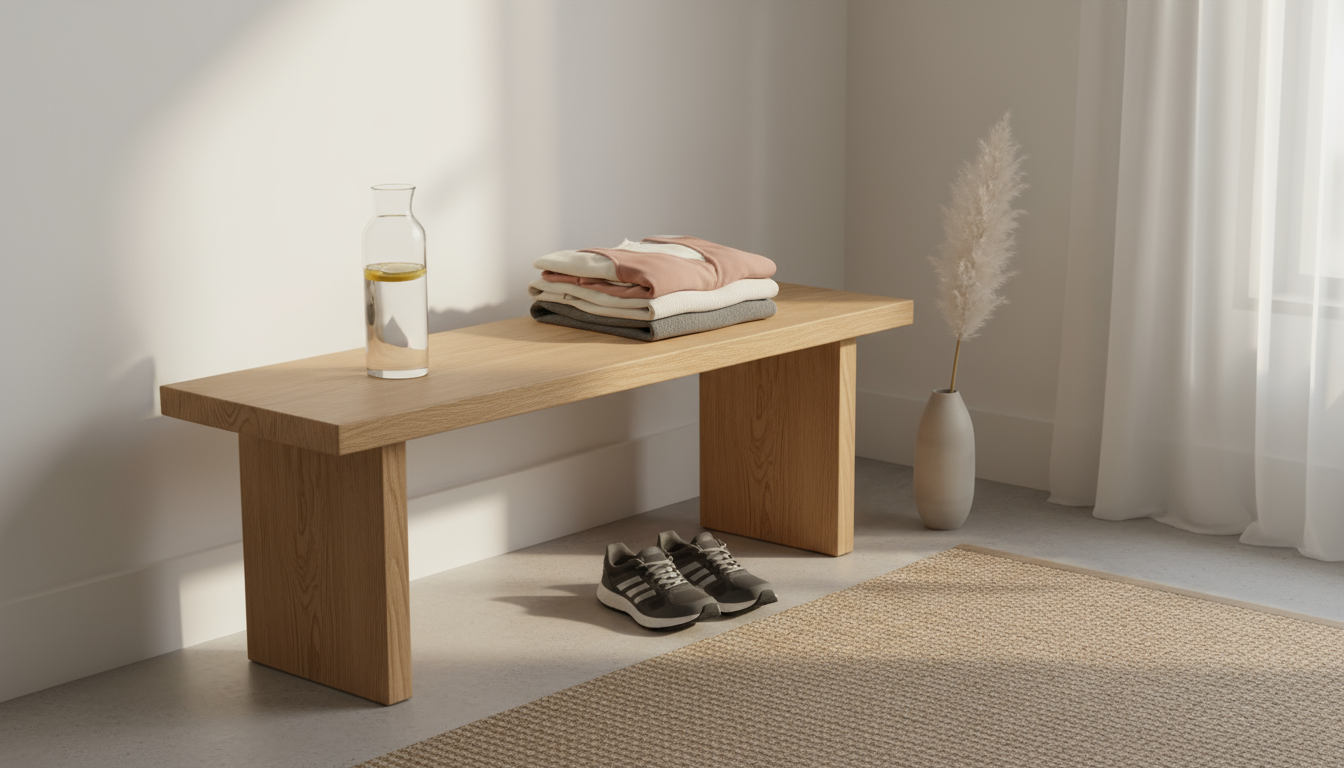
Resetting Without Shame
Ultimately, the most important safeguard is self-compassion. The voice of shame says, “See? I knew you couldn’t do it. You always give up.” This voice is not your friend, and it is not a good motivator. It’s what keeps people stuck in the cycle of starting and stopping.
A more supportive, effective inner voice says, “Okay, that didn’t go as planned. That’s human. What can I learn, and what is the smallest possible step I can take right now to get back on track?”
Remember your minimum viable action. If you’ve missed a week of your “read one page” habit, don’t try to make up for it by reading a whole chapter. Just read one sentence. Open the book and read a single sentence. The goal is simply to show yourself that you can still show up. Resetting your habit is a sign of strength and commitment, not weakness. It’s the most crucial skill in the long, rewarding journey of building a better life.
For more on the biological underpinnings of stress and behavior, which can influence habit formation, general information is available from leading health institutions like the National Institutes of Health (NIH).

Keystone Habits in Action: Two Practical Examples
Theory is helpful, but seeing these principles in a real-world context makes them click. Here are two short, narrative examples of how a single keystone habit can create a profound, positive cascade in someone’s life.

Example 1: The Evening Wind-Down Routine
Meet Sarah. She’s a project manager who feels perpetually wired and tired. Her evenings are a blur of finishing up last-minute emails on her laptop, scrolling through social media on her phone to “relax,” and then tossing and turning in bed, her mind racing. She knows she needs better sleep, but the idea of a complex, hour-long “sleep hygiene” routine feels overwhelming.
The Problem: Poor sleep quality, high evening anxiety, and a feeling of being “always on.”
Her Potential Keystone Habit: To create a clear boundary between work/screen time and rest time.
Her Minimum Viable Action: At 9:30 PM every night, she will plug her phone in to charge—not on her nightstand, but on a bookshelf across the room. That’s it. That’s the whole habit.
The Ripple Effect: The first few nights, this feels strange. She walks over to her bed and instinctively reaches for her phone, only to remember it’s across the room. The friction of getting up to retrieve it is just enough to make her pause. Instead, she picks up a novel that’s been on her nightstand for months and reads one page (her backup minimum viable action). One page turns into ten. Within a week, she’s reading for 15-20 minutes before bed. Because she isn’t looking at a blue-light screen, her mind feels calmer. She starts falling asleep more easily.
Because she’s sleeping better, she wakes up feeling more rested. She has more energy in the morning and feels less reliant on that third cup of coffee. Because her mind is clearer, she’s more focused at work and finishes her tasks more efficiently, which means fewer last-minute emails in the evening. Her single keystone habit—charging her phone across the room—didn’t just improve her sleep; it reduced her anxiety, increased her focus, and gave her back the simple joy of reading.

Example 2: The Morning Focus Primer
Consider David. He’s a freelance designer who starts his day with a sense of dread. The first thing he does upon waking is grab his phone and check his email and Slack notifications. He’s immediately pulled into a vortex of client requests, minor emergencies, and other people’s priorities. He spends his entire day feeling reactive and busy, but by 5 PM, he often feels like he hasn’t accomplished anything meaningful on his own important projects.
The Problem: Procrastination on deep work, feeling reactive instead of proactive, and high work-related stress.
His Potential Keystone Habit: To set his own agenda for the day before the world sets it for him.
His Minimum Viable Action: Before opening his email or any communication apps, he will open a simple notebook and write down the date and his single “Most Important Task” for the day.
The Ripple Effect: On day one, just writing it down feels small but significant. He still gets pulled into his inbox, but that one important task is now lodged in his brain. The next day, after writing it down, he decides to work on it for just five minutes before checking his email. Those five minutes feel so good that they turn into twenty. He has created a small, early win.
Within a few weeks, this “focus primer” habit solidifies. His morning cup of tea is his cue. He writes his one task. This simple act reinforces his identity as “a focused designer who prioritizes deep work.” Because he’s making progress on his most important project first, he feels less stressed when he eventually opens his email. He’s more decisive in his replies because his main priority is already handled. At the end of the day, he can look at his notebook and see a record of meaningful accomplishment, which boosts his professional confidence and makes it easier to fully sign off in the evening.

Frequently Asked Questions About Building Keystone Habits
How long does it really take to form a habit?
The popular answer is “21 days,” but research shows this is a myth. The reality is, it varies wildly depending on the person, the complexity of the habit, and the environment. Studies have shown it can take anywhere from 18 to over 250 days. The best approach is to forget the timeline. Don’t focus on the finish line; focus on today. Your goal isn’t to reach a magic number; it’s to show up, cast your vote for your desired identity, and trust the process of repetition. Consistency is the metric that matters, not the number of days on a calendar.
What should I do on sick days or when I’m traveling?
This is where the “minimum viable action” and the “never miss twice” rule are your best friends. Life will get in the way. If you’re sick, your body’s priority is rest, not habit formation. Give yourself permission to pause without guilt. If you’re traveling, adapt. Your “put on running shoes” habit might become “do five bodyweight squats in the hotel room.” Your “read one page” habit still works perfectly. The goal is to keep the thread of consistency, even if it’s just a tiny, symbolic version of your normal routine. And if you miss completely? Just get back to it the very next day.
I’ve been consistent, but I’ve hit a plateau. What now?
Plateaus are a normal part of any growth process. First, acknowledge the progress you’ve already made. You’ve successfully made a behavior automatic, which is a huge win. A plateau can be a signal that it’s time to gently increase the challenge. If your habit was “read one page” and you’re now comfortably reading five, maybe it’s time to set a new minimum of “read for five minutes.” If your habit was “walk for five minutes,” maybe you increase it to seven. The key is to make the next step just as small and manageable as the first one was. It’s about slowly, sustainably raising the bar, not making a giant leap that risks burnout.
Can I try to build multiple keystone habits at once?
It’s tempting, but it’s generally not recommended. The very concept of a keystone habit is that it’s a single, high-leverage action. Your willpower and focus are finite resources, especially at the beginning of a change. By pouring all your initial energy into making one minimum viable action truly automatic, you build a foundation of success. You prove to yourself that you can change. Once that first keystone habit is so ingrained you don’t have to think about it, you can use the momentum and confidence you’ve built to start designing your next one.
What if my keystone habit starts to feel boring or like a chore?
This is a great moment for reflection. First, reconnect with your “why.” Remind yourself of the identity you’re building. Are you just “tidying the counter,” or are you “becoming an organized person who lives in a calm space”? Reframing the purpose can reignite motivation. Second, check your reward. Sometimes the intrinsic reward fades. Can you add a small, satisfying reward immediately after your action? For example, after your five-minute walk, you savor your favorite podcast for ten minutes. A little bit of intentional reward can strengthen the habit loop when a habit is feeling stale.
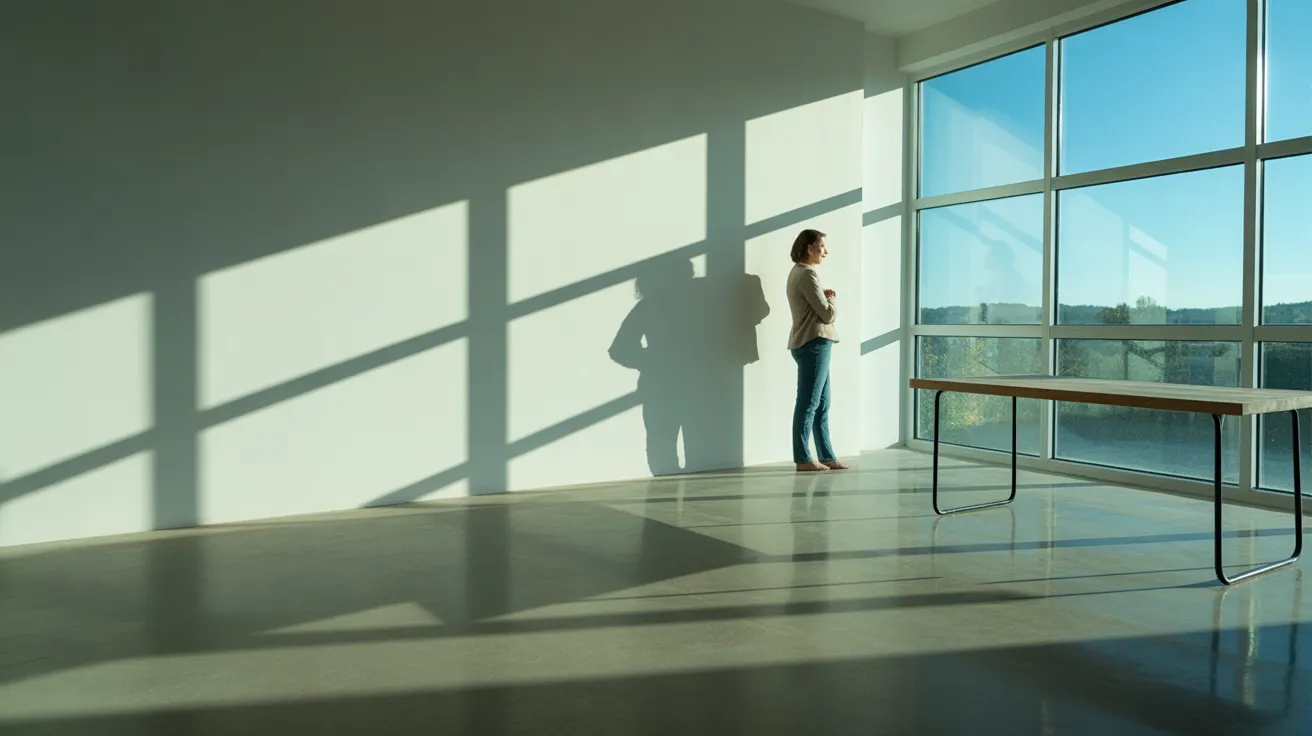
Your First 30 Days: A Simple Plan to Get Started
Reading about change is inspiring. Taking action is what transforms your life. The goal now is to move from theory to practice with a gentle, structured plan that prevents overwhelm. Here is a simple framework for your next 7 to 30 days. Don’t worry about perfection; focus on initiation.
Week 1: Observe and Identify
Your only goal this week is to choose your candidate. Don’t start the habit yet. Just observe your own life. Use the questions from the “How to Find” section. Notice your daily frustrations and your moments of ease. By the end of this week, choose ONE potential keystone habit. Then, define its minimum viable action. Write it down on a sticky note. For example: “My keystone habit is reading. My MVA is to read one sentence.”
Week 2: Design and Implement
This week, you will begin. Perform your minimum viable action every single day. Your other crucial task is to perform a friction audit. How can you make your new habit ridiculously easy to start? Lay out the book. Put your meditation cushion in the middle of the floor. Also, decide on your cue. Will you use habit stacking? “After I brush my teeth, I will…” Make the trigger as clear and obvious as possible.
Weeks 3 and 4: Consolidate and Troubleshoot
Continue performing your minimum viable action daily. The focus now is on consistency and resilience. Get a simple calendar and put an ‘X’ on each day you complete the habit. Don’t aim for a perfect record. If you miss a day, immediately put the “never miss twice” rule into practice. When you miss, treat it as data. What was the cue that threw you off? How can you adjust your environment or plan to make it a little easier next time? Celebrate the small wins. Each ‘X’ on the calendar is a vote for the person you are becoming.
That’s it. This isn’t about a dramatic, overnight transformation. It’s about a quiet, steady, and profound shift that begins with a single, strategic action. You don’t need more willpower. You need a better system. By identifying your keystone habit, making it impossibly small, and designing your environment for success, you build a foundation for change that can last a lifetime, free from the cycle of burnout and guilt. The journey starts not with a leap, but with a single, intentional step.
Disclaimer: The information provided in this article is for informational purposes only and is not intended as a substitute for professional medical or psychological advice, diagnosis, or treatment. Always seek the advice of your physician or other qualified health provider with any questions you may have regarding a medical condition or mental health concern.






